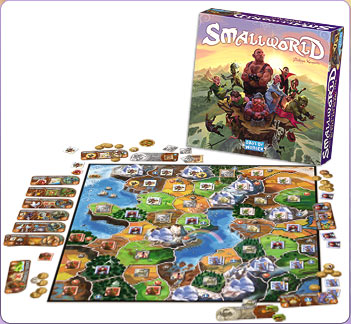Jackson Kuhl Reviews Perfect Murders
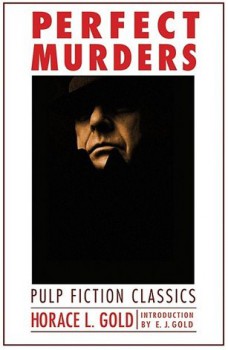 Perfect Murders
Perfect Murders
Horace L. Gold
Bison Books (360 pp, $19.95, May 2010)
Reviewed by Jackson Kuhl
Raymond Chandler once noted how bad directors filmed whole sequences of mundane actions that could be more simply communicated in a single shot. A man need not be shown climbing into a cab and going to the post office to receive a letter, for example – all the audience needed was an anonymous postman handing the man the letter. This kind of boring direction, Chandler believed, was a holdover from the time when film was new and watching everyday occurrences on celluloid was still thrilling.
And so it is with Horace Gold. He was, in turn, a World War II veteran, the highest paid comic-book writer in the world, and the editor of Galaxy Science Fiction for over a decade. He was also an accomplished pulp fictioneer. Perfect Murders: Pulp Fiction Classics collects six of Gold’s science-fiction detective mash-ups; a seventh, “I Know Suicide,” is a straight noir mystery. Unfortunately, most of these stories are artifacts of their time, thin plots so laden with long passages of dialogue and commonplace action that the eyes glaze and the mind drowses. …
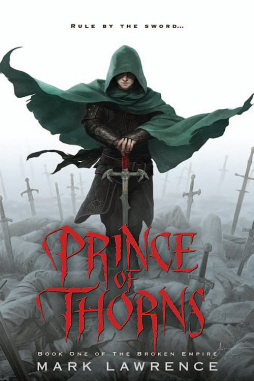
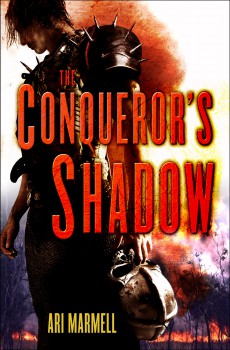 The Conqueror’s Shadow
The Conqueror’s Shadow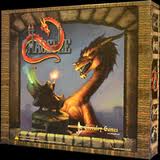 Chaostle
Chaostle 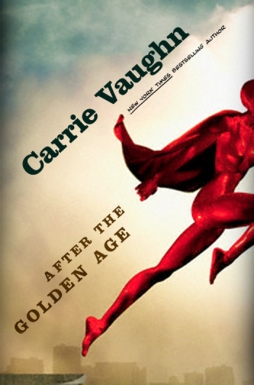 After the Golden Age
After the Golden Age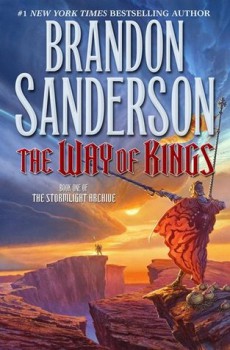 The Way of Kings
The Way of Kings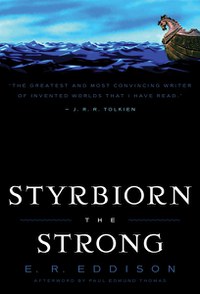 “There is but one way for a man, and that is to remember that none may avoid his fate. This is to a man as the due ballast to the ship, which maketh the vessel indeed loom somewhat deeper, but keepeth it from tossing too lightly upon the uncertain waters.”
“There is but one way for a man, and that is to remember that none may avoid his fate. This is to a man as the due ballast to the ship, which maketh the vessel indeed loom somewhat deeper, but keepeth it from tossing too lightly upon the uncertain waters.”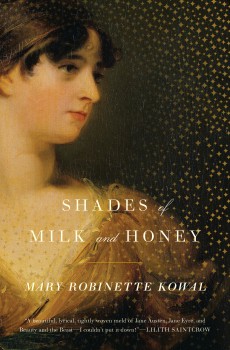 Shades of Milk and Honey
Shades of Milk and Honey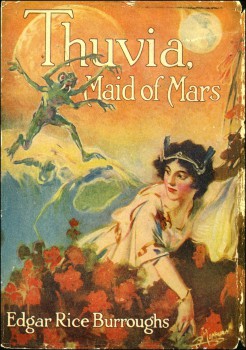 John Carter’s story appeared finished with
John Carter’s story appeared finished with 